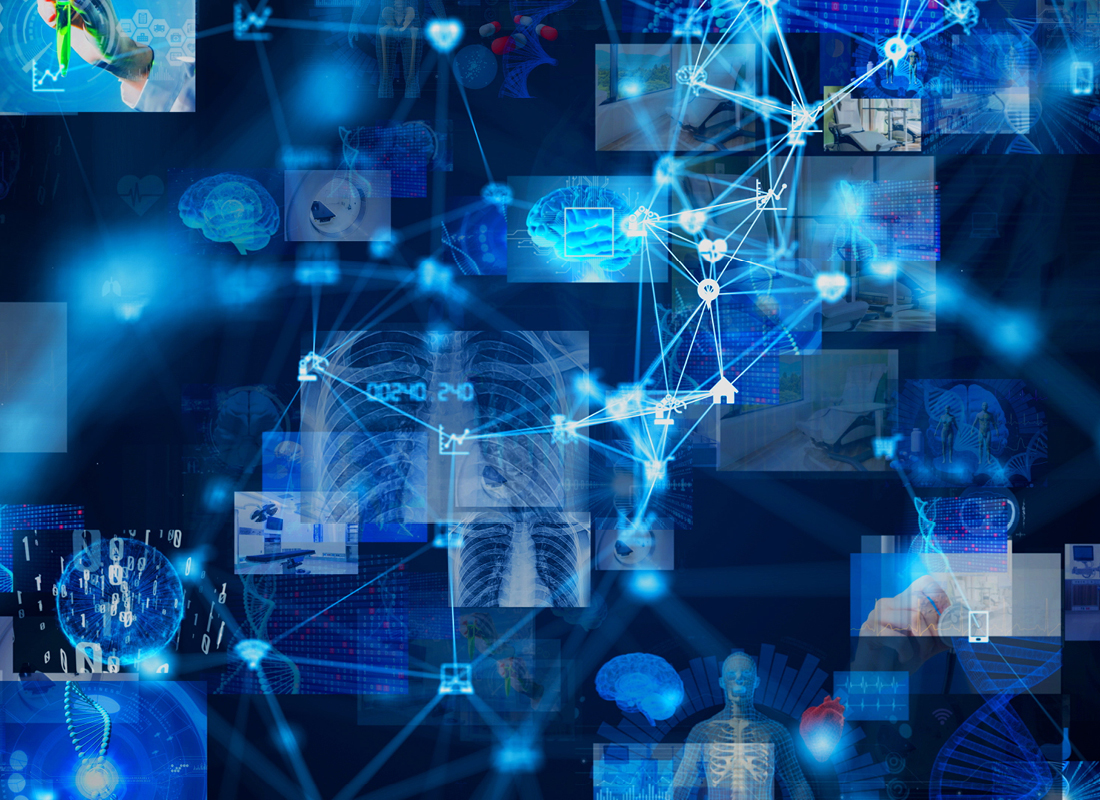In the latest Marvel superhero movie, Shang Chi and the Legend of the Ten Rings, a new villain is introduced to fans not familiar with the comic books. Older readers know, however, that Shang-Chi’s father represents a well-known comic book villain, the Mandarin. The Mandarin found and explored the wreckage of a spaceship. Within the craft he found 10 rings which gave the bearer great powers. For years he used those rings to try to defeat the American hero Iron Man. That was the origin of the Mandarin in the comic books.
[freereport]
As a laboratory safety consultant, I have billed myself as the “Superhero of Lab Safety”. I did that in part because I have been reading and collecting comic books for many years, and I wanted to insert my hobby into my work where possible. Superheroes are exciting, but they wouldn’t have much to do without super villains to battle. If I was truly a superhero for lab safety, I had been wondering in the last few years, who or what is the super villain? What creates a lab safety super villain?
Like many of the heroes I love to read about, I had an origin story. Terry Jo Gile, “the Safety Lady” was a renowned lab safety expert who took me, a new safety officer, and trained me. She taught me how to write, how to speak and present, how to seek out and fix safety issues, and how to run a business using these skills. We both wore capes the first time we presented together. Now she is retired from her work, and I fly solo while looking for a future ward to train.
When I read my favorite comics, I noticed that many super villains were scientists, and they were created in a lab setting. Lex Luthor became a villain as a result of a chemical exposure that caused him to lose his hair. Dr. Doom was involved in a laboratory fire that burned him so badly he had to wear an iron mask and a suit of armor to hide his features. Scientist Norman Osborn exposed himself to an untested mixture which empowered him but drove him insane turning him into the Green Goblin. The man who would become the Joker slipped on a gantry and tripped into a vat of acid which eventually drove him mad.
So, what unsafe environment allowed these villain origins to occur? What allows safety super villainy to occur in your labs? Is it the unsafe laboratory environment? Is it the technologist who refuses to put down his cell phone or wear PPE? Is it the co-worker who sees this bad behavior and refuses to coach him? Is it the laboratory leader who does not adequately support safety? Or maybe it is a combination of some or all of these factors.
Chemical safety, fire safety, exposure control, and physical safety played a role in the creation of these villains. In real life, however, unsafe practices and surroundings can result in consequences that are not as simple as becoming a villain. They can lead to time away from work, an end to a career, costs to the department, and even loss of life.
Ongoing complete management of the lab safety program can prevent the origin story of an unwanted and pesky lab super villain.
- Train laboratorians in the safe management of chemicals and biologicals in the department.
- Show them the location of fire safety equipment and provide regular training on how to use it.
- Enforce good safety practices like using PPE, washing hands, and utilizing protective engineering controls properly.
- Conduct regular inspection of the lab physical environment to make sure hazards are mitigated before an employee can be injured or exposed.
To stop a super villain, a hero needs to shut down the environment where the villain can be created. Work around potential bumps in the road by outsmarting the villain. Manage up when necessary, and model the safety change you want to see. Lastly, a safety superhero never gives up. They keep pushing forward until they have that final victory. If pieces of a villain origin story are sneaking around your laboratory, put on your cape and get to work! A safety superhero’s job is never done!
